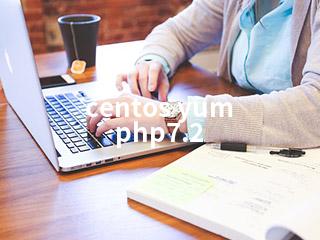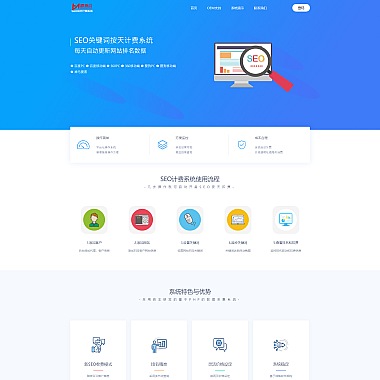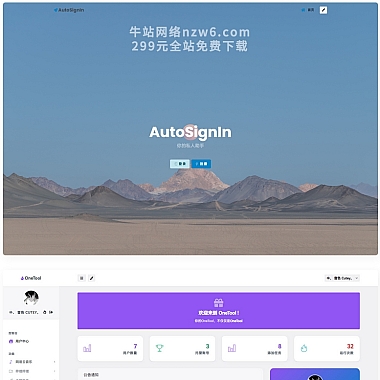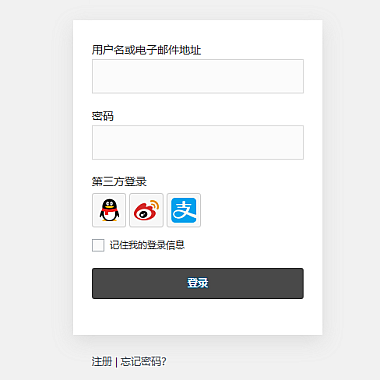CentOS Yum PHP7.2: Unleashing the Power of Web Development
Introduction (200 words):
In the fast-paced world of web development, staying updated with the latest technologies is crucial. One such technology that has gained immense popularity is PHP7.2. Known for its improved performance and enhanced features, PHP7.2 is a must-have for developers. In this article, we will explore how to install PHP7.2 on CentOS using Yum, a package manager that simplifies the installation process. By the end of this article, you will have a clear understanding of how to leverage the power of PHP7.2 on CentOS, enabling you to create dynamic and efficient web applications.
1. The Importance of PHP7.2 on CentOS
The Evolution of PHP7.2
PHP7.2 has come a long way since its inception. With each new version, it has witnessed significant improvements in terms of performance, security, and functionality. CentOS, being a popular Linux distribution, provides excellent support for PHP7.2 through its package manager, Yum.
By upgrading to PHP7.2, developers can take advantage of the latest features and optimizations, resulting in faster and more secure web applications.
Enhanced Performance and Efficiency
PHP7.2 introduces several performance enhancements, making it the go-to choice for developers. The new version includes a faster engine, optimized memory usage, and improved error handling, resulting in reduced response times and increased overall efficiency.
By utilizing Yum to install PHP7.2 on CentOS, developers can unlock the full potential of these performance improvements, ensuring their web applications run smoothly and efficiently.
2. Installing PHP7.2 on CentOS using Yum
Configuring Yum Repositories
Before installing PHP7.2, it is essential to configure the Yum repositories to ensure a smooth installation process. CentOS provides official repositories for PHP7.2, which can be easily added to the Yum configuration file.
To add the repositories, open the terminal and execute the following commands:
sudo yum install epel-release
sudo yum install
Installing PHP7.2
Once the repositories are added, installing PHP7.2 is a straightforward process. Execute the following command in the terminal:
sudo yum install php72
Yum will automatically resolve dependencies and install PHP7.2 on your CentOS system.
3. Exploring the New Features of PHP7.2
Improved Type Declarations
PHP7.2 introduces stricter type declarations, allowing developers to define the expected data types of function arguments and return values. This ensures better code quality and reduces the chances of runtime errors.
With Yum's easy installation of PHP7.2 on CentOS, developers can immediately start leveraging this feature to write more robust and reliable code.
Enhanced Security Measures
Security is a top concern for web applications. PHP7.2 addresses this by introducing various security enhancements, including the introduction of the sodium extension for secure cryptographic operations and the removal of deprecated functions.
By installing PHP7.2 through Yum on CentOS, developers can ensure their web applications are built on a secure foundation, protecting sensitive user data and preventing potential vulnerabilities.
4. Conclusion
In conclusion, PHP7.2 is a game-changer for web developers, providing improved performance, enhanced security, and a range of new features. By utilizing Yum to install PHP7.2 on CentOS, developers can easily harness the power of this version and create efficient and dynamic web applications. Stay ahead of the curve and embrace PHP7.2 on CentOS today!
(本文来源:nzw6.com)











